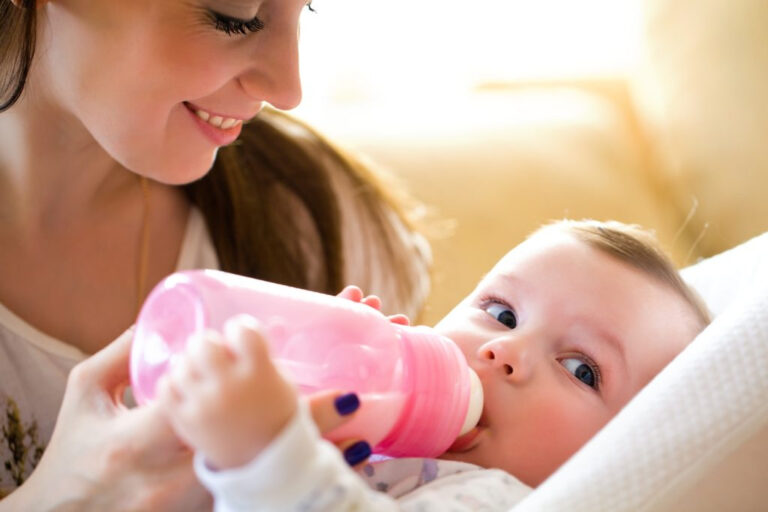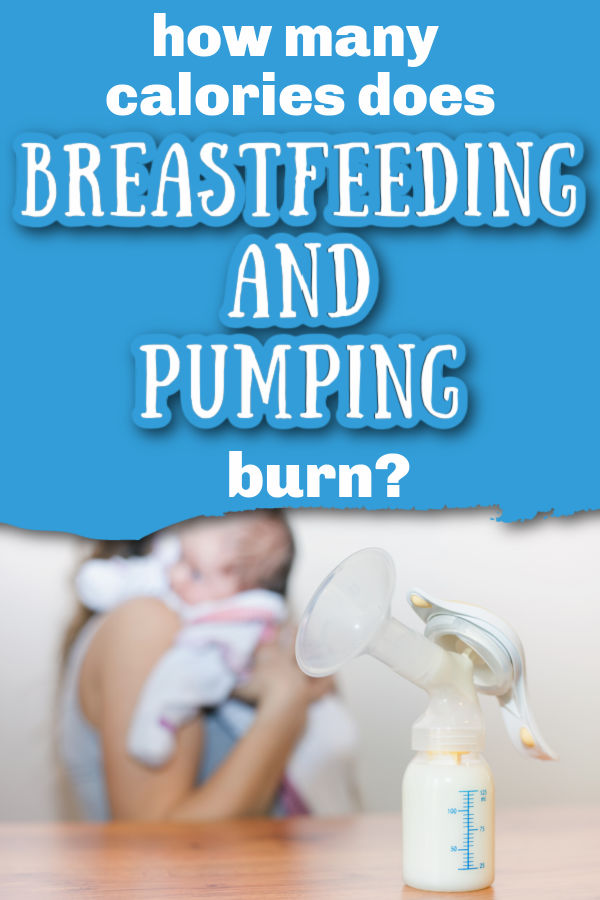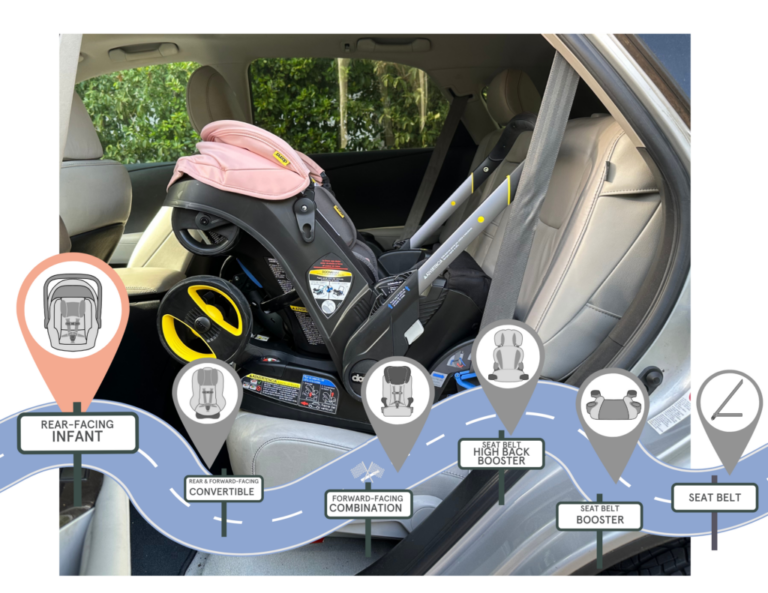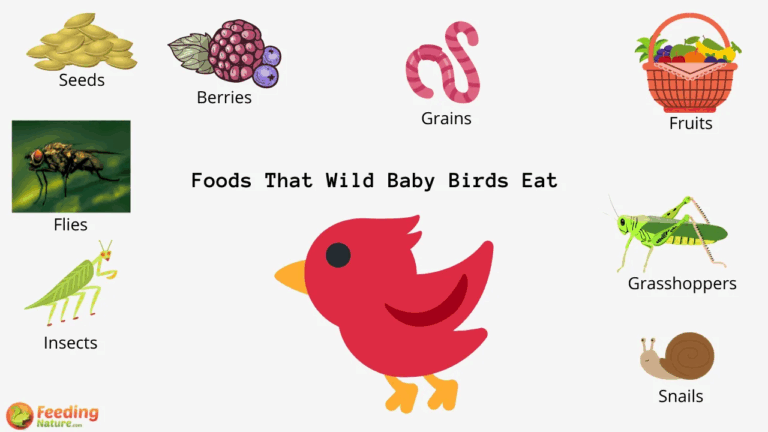Why Does My Baby Cry When I Put Him Down
Have you ever experienced the frustration of trying to put your baby down only to have them start crying uncontrollably? This common scenario can be both confusing and distressing for parents. In this article, we will delve into the reasons behind why babies cry when you put them down and provide valuable insights to help you navigate this challenging situation.
Knowledge
When a baby cries when you put them down, it can be due to a variety of reasons. One common explanation is separation anxiety. Babies are naturally attached to their caregivers and can become upset when they are separated, even for a short period. This can be particularly pronounced when a baby is put down in a crib or bassinet, away from the comforting presence of their parent.
Another reason for a baby’s distress when being put down is discomfort. Babies have sensitive skin and may not feel comfortable in certain positions or on certain surfaces. It’s essential to ensure that your baby is well-supported and positioned correctly when you put them down to minimize any discomfort they may be experiencing.
Additionally, babies cry when put down because they may be hungry, tired, or in need of a diaper change. It’s crucial to address these basic needs before attempting to put your baby down to maximize their comfort and reduce the likelihood of tears.
Furthermore, some babies cry when put down due to overstimulation. If your baby has been exposed to excessive noise, bright lights, or a busy environment, they may become overwhelmed and cry when you try to put them down. Creating a calm and soothing environment for your baby can help prevent overstimulation and reduce crying episodes.
Lastly, some babies simply prefer to be held. The warmth and security of being in their caregiver’s arms can provide immense comfort to a baby, and they may resist being put down because they crave that closeness. Understanding and respecting your baby’s individual preferences and needs is key to fostering a strong parent-child bond.
Conclusion
In conclusion, the phenomenon of babies crying when put down is a complex and multifaceted issue with various underlying reasons. By understanding the potential causes of this behavior, parents can better respond to their baby’s needs and provide the support and comfort necessary to soothe their distress.
Key strengths of this article include a comprehensive exploration of the reasons why babies cry when put down and practical tips for addressing this challenging behavior. The target audience for this article is parents, caregivers, and anyone interested in understanding infant behavior and development.
In final thoughts, it is essential to remember that babies communicate through crying, and it is their primary means of expressing their needs and emotions. Responding promptly and sensitively to a crying baby can help build trust and security in the parent-child relationship. Understanding why babies cry when put down can empower parents to respond effectively and compassionately to their baby’s cries.






